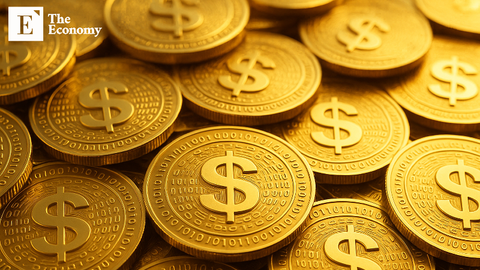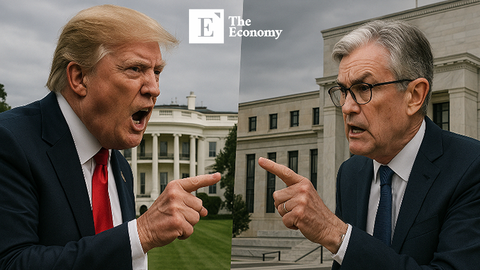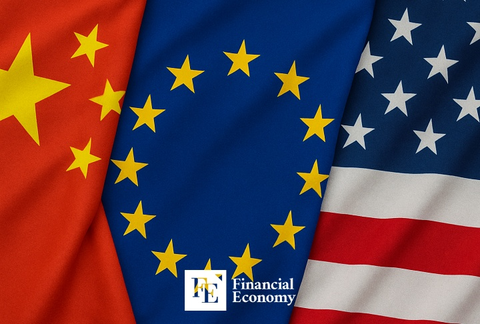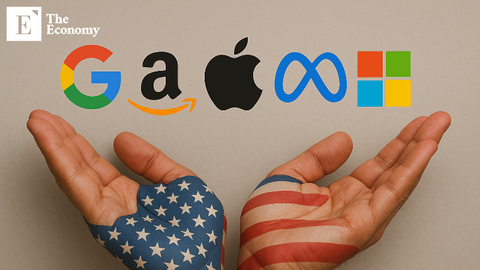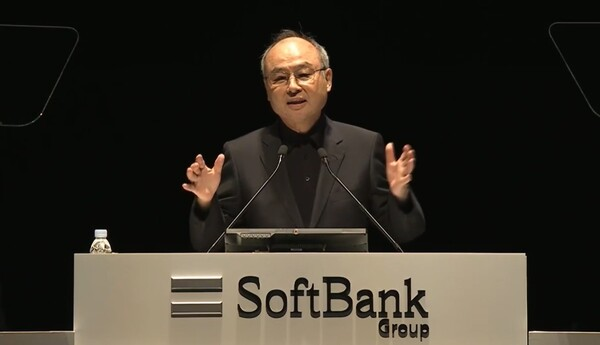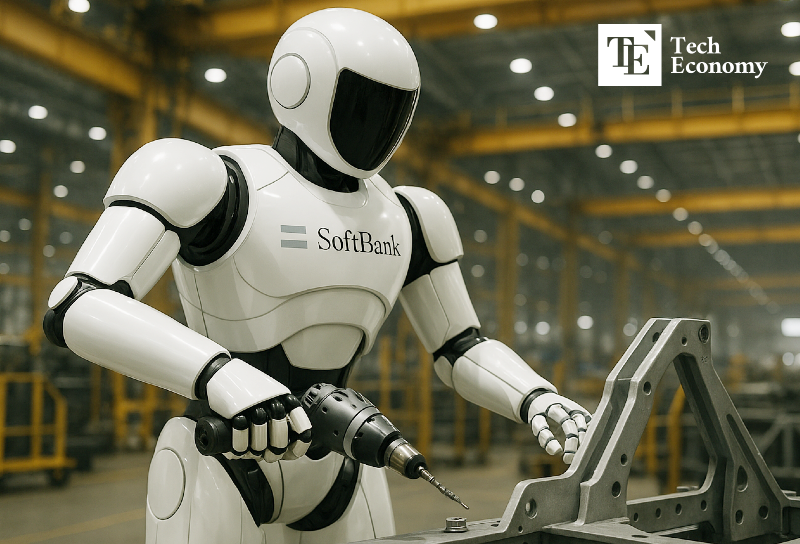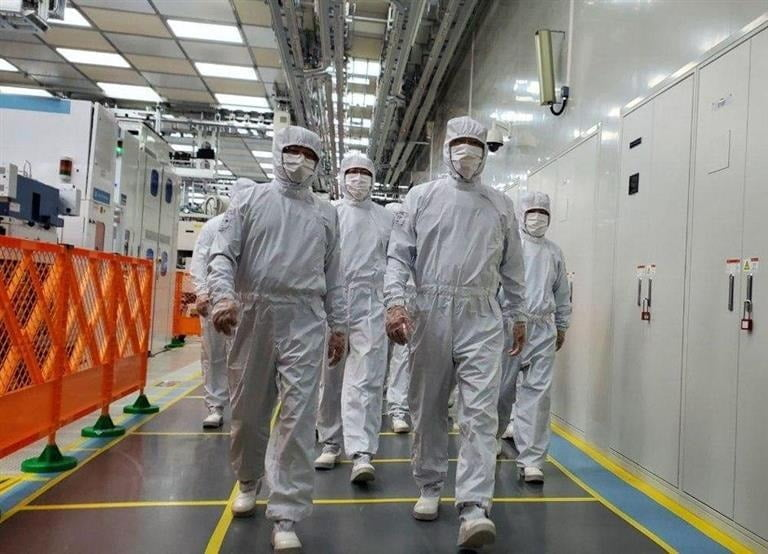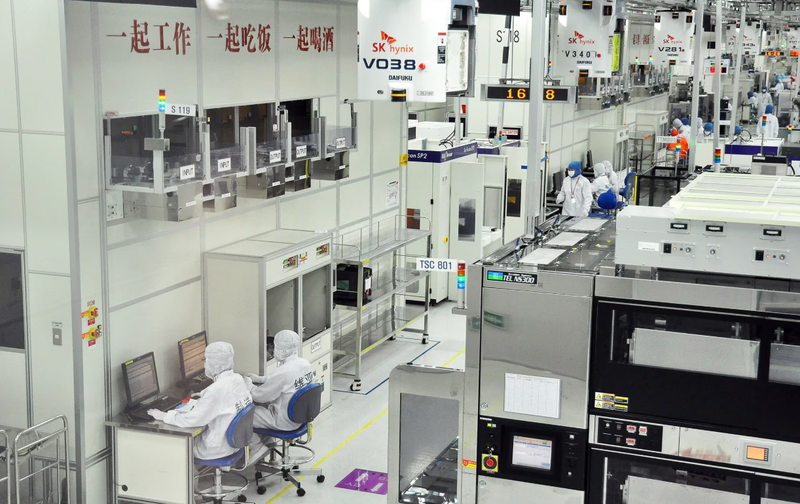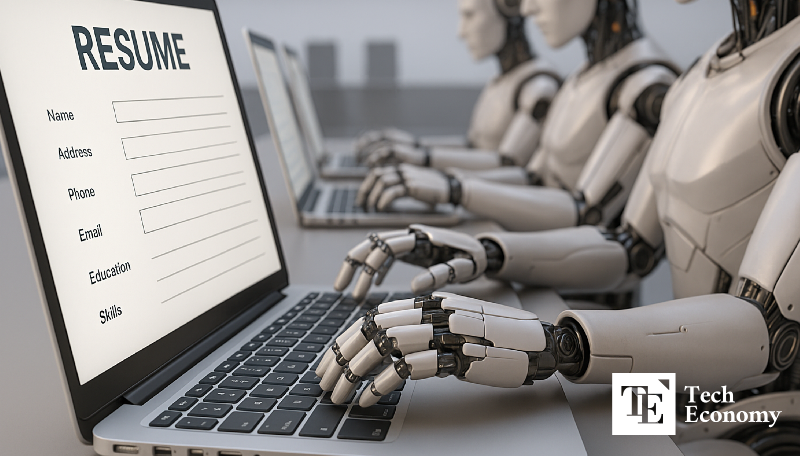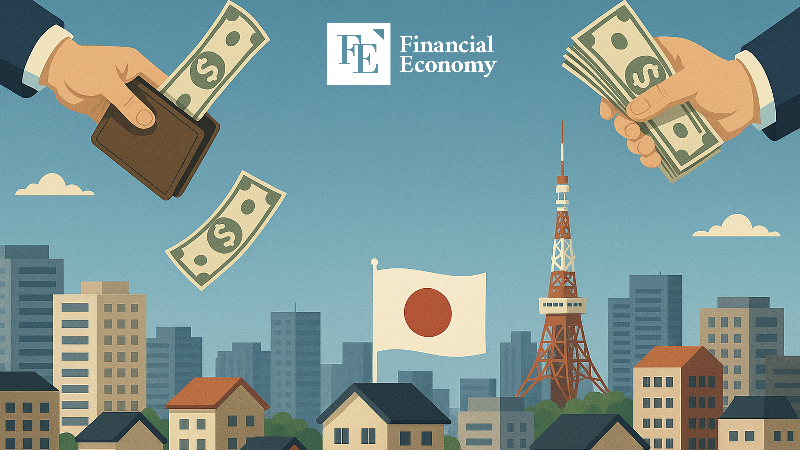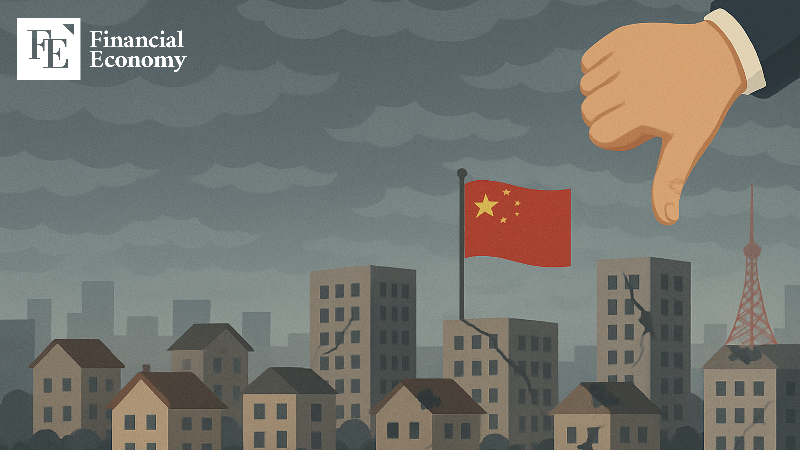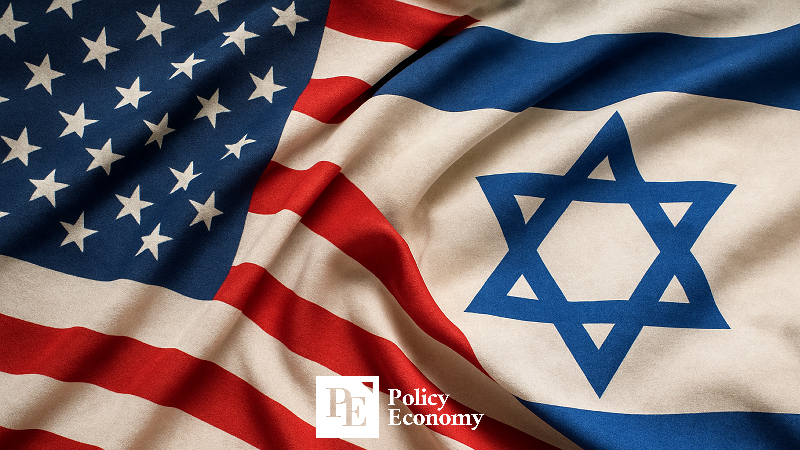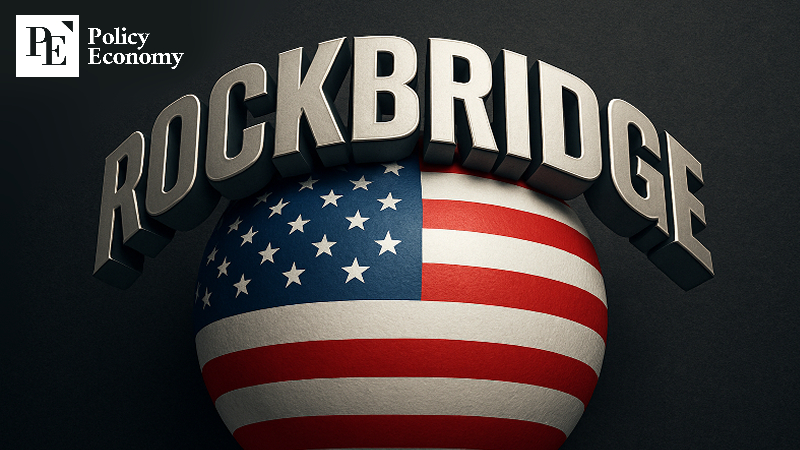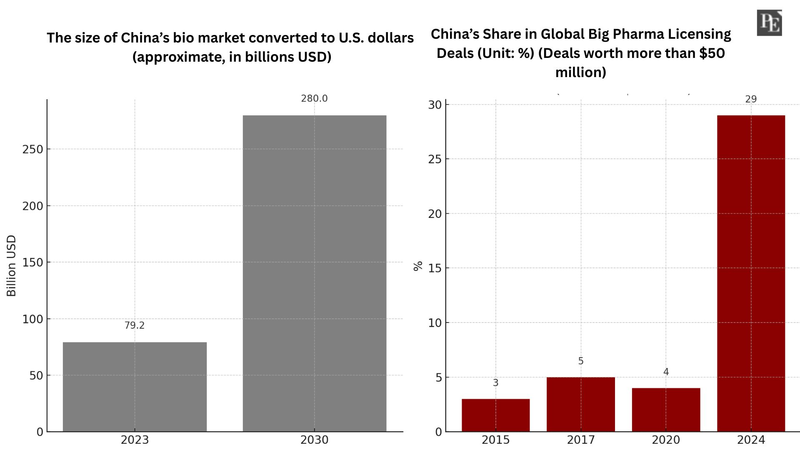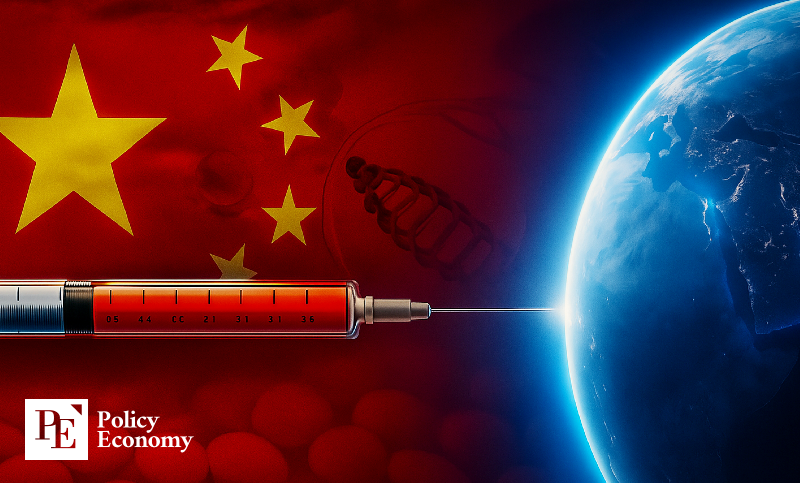ArcelorMittal Scraps German Hydrogen Steelmaking Project "Cites Massive Electricity Costs and Profitability Limits"
Input
Changed
Unstable Hydrogen Supply and Soaring Electricity Costs ArcelorMittal Concludes: “The Project Is Not Viable” A Warning Light for the Global Green Steel Boom
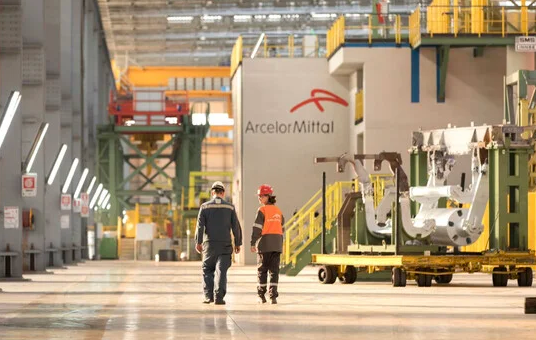
In the global race to decarbonize the heavy industries that power modern life, hydrogen steelmaking emerged as a symbol of hope, a high-stakes technological leap that promised to slash emissions from one of the world’s dirtiest industrial processes. Europe, with its ambitious climate goals and generous public subsidies, was well-positioned to lead this transformation. But that vision is now facing a harsh industrial reality. ArcelorMittal, the world’s second-largest steelmaker, has made the stunning decision to cancel its hydrogen steelmaking project in Germany, citing overwhelming energy costs, a lack of supporting infrastructure, and mounting questions over long-term profitability. The move not only shakes Germany’s green transition agenda, but it also signals deeper structural fissures in Europe’s decarbonization drive.
Green Steel Falters: Subsidies No Match for Industrial Realities
On June 23, Nihon Keizai Shimbun (Nikkei) reported that ArcelorMittal had formally withdrawn from its plan to establish hydrogen reduction steelmaking facilities in Germany, despite being offered €1.3 billion (approximately 2 trillion KRW) in government subsidies. The project was designed to replace coal with hydrogen in the iron reduction process, a next-generation method aimed at dramatically cutting CO₂ emissions.
The company’s plan was ambitious. It aimed to transform existing blast furnaces in Bremen (northern Germany) and Eisenhüttenstadt (eastern Germany) into hydrogen-based facilities by 2030. A final investment decision was initially due by the end of June 2025. ArcelorMittal had also committed more than USD 1.14 billion to installing hydrogen-based plants and electric arc furnaces (EAFs), which melt scrap using electricity instead of fossil fuels. The overarching goal was to reduce carbon emissions by more than 40% within this decade through the step-by-step commercialization of carbon-neutral technology.
However, financial headwinds grew stronger. The company’s operating profit, which stood at a robust USD 16.6 billion in 2021, plummeted to just USD 2.2 billion in 2023. With capital-intensive investments requiring long-term policy stability and predictable market conditions, ArcelorMittal found itself unable to justify the project's financial risk. The steelmaker also announced it would suspend investments in carbon capture and utilization (CCU) technologies, which were intended to trap and store emissions produced during steelmaking.
Beyond profits, the core issue was energy. Germany’s persistently high electricity costs, among the highest in the industrialized world, made the economics of operating hydrogen-based facilities untenable. ArcelorMittal highlighted the slow pace of Germany’s green infrastructure rollout, citing a lack of affordable, large-scale green hydrogen supply. “Due to delays in decarbonization policy, green hydrogen is not a viable fuel because of a lack of infrastructure to supply it in stable quantities and prices,” the company said in a statement. ArcelorMittal also cited weakened steel demand due to an influx of low-cost imports, particularly from China, and policy uncertainty as critical factors in its decision.
Significantly, the company hinted it would redirect its clean steel investments to other countries with more stable and competitive energy markets, specifically naming France, whose nuclear-based energy policy provides lower, more predictable electricity rates.
Profit Pressures Ripple Through the Global Steel Industry
ArcelorMittal’s decision has rattled the steelmaking industry across Europe and beyond. Its retreat is not an isolated incident, but rather a warning shot highlighting the structural limitations of hydrogen steelmaking in its current form. Germany’s federal government had committed USD 8 billion in subsidies to support domestic steelmakers’ hydrogen transition efforts. Key beneficiaries included industry giants such as Thyssenkrupp, Salzgitter, and Saarstahl.
Thyssenkrupp, for instance, received USD 2.3 billion to build a new hydrogen-enabled facility in Duisburg, in western Germany. However, the company recently announced it would delay the plant’s operational start from 2026 to 2027. In an interview with German news agency DPA, Thyssenkrupp said that access to affordable hydrogen remained insufficient and warned that “the profitability of the current plan is reaching its limit.”
The caution extends beyond German borders. Swedish steelmaker SSAB, one of the first in the world to deploy the HYBRIT hydrogen reduction process, had intended to begin commercial production of low-carbon steel at its Swedish plant by 2026. But in a surprise move, SSAB recently scrapped its low-carbon steel plant project and withdrew from negotiations with the U.S. Department of Energy for project support. While the company has not publicly detailed the reasons for its withdrawal, reports suggest that a volatile green hydrogen market and high electricity costs were decisive factors.
These setbacks suggest that even flagship green steel projects, backed by billions of dollars in public and private capital, remain vulnerable to market volatility, policy delays, and high operating costs. They also reflect the growing consensus that without reliable, cost-effective energy infrastructure, hydrogen-based decarbonization remains a distant goal for much of the global steel sector.
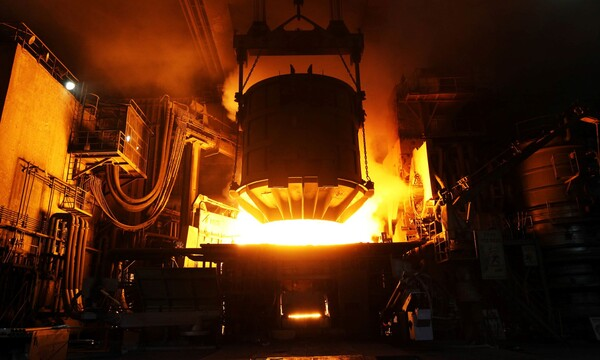
Hyundai Steel Eyes Louisiana: Chasing Competitive Energy Abroad
The burden of electricity costs is not unique to European firms. South Korea’s Hyundai Steel is making its own strategic pivot, one that underscores just how central energy pricing has become in global steelmaking. The company has decided to construct a steel plant with an annual production capacity of 2.7 million tons in the U.S. state of Louisiana. The move is not just about expanding overseas; it is a calculated response to South Korea’s soaring industrial electricity prices.
Hyundai Steel operates 11 electric arc furnaces, which are notorious energy guzzlers. In 2023 alone, the company spent a staggering USD 730 million on electricity. By contrast, electricity rates in Louisiana are remarkably low. While the average industrial electricity rate in South Korea is approximately USD 132 per megawatt-hour (MWh), Louisiana offers electricity at a rate of just USD 56 per MWh. The U.S. national average sits at USD 85. That means Hyundai will pay less than half what it would in Korea.
Louisiana’s cheap electricity is largely thanks to its abundant and inexpensive natural gas reserves, which account for 73.5% of the state’s power generation. An additional 17.1% comes from nuclear energy, further ensuring supply stability. This energy profile makes Louisiana a magnet for energy-intensive industries. It ranks 4th among U.S. states in total energy consumption and 2nd in per capita usage. Lotte Chemical, another major Korean firm, recognized this early. In 2019, it invested USD 3.1 billion to build one of the world’s largest petrochemical complexes in the state.
Louisiana’s appeal lies not just in affordability but in the reliability of its energy mix. For steelmakers like Hyundai, whose margins are squeezed by global price competition, this can be the difference between success and stagnation. By relocating production to regions with competitive electricity prices and stable energy policy, firms are not just reducing costs, they’re securing the future of their industrial operations.

